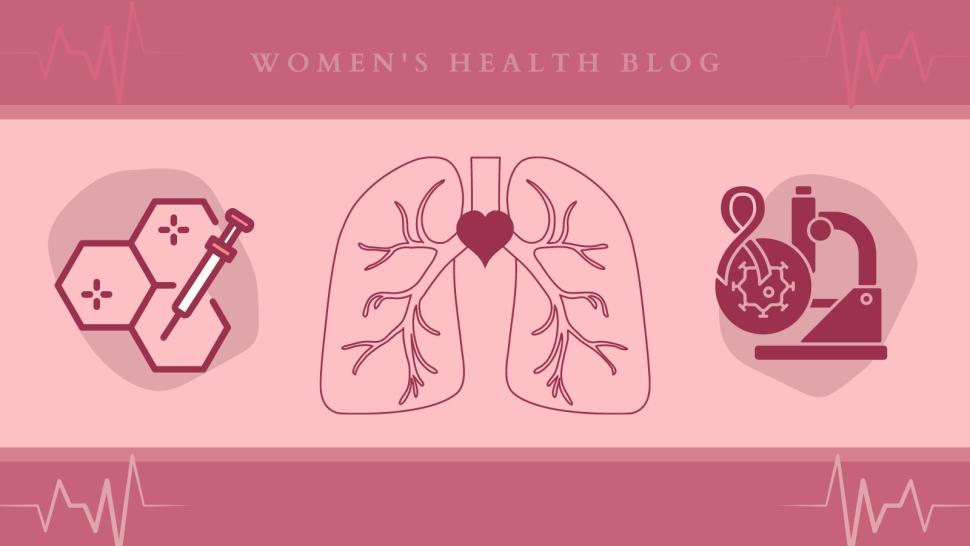Author: Elaha Niazi, University of Calgary, Libin Cardiovascular Institute, BHSc Health Sciences Editors: Romina Garcia de leon & Shayda Swann (Blog Co-coordinators)
Published: December 2nd, 2022
Note: When using the term ‘woman’ in this blog, it is to remain consistent with terms used in published literature. While ‘female’ refers to biological sex and ‘woman’ refers to gender identity, much of the medical literature currently reports findings on ‘women’ from samples of female participants.
What comes to mind if I asked you to name a few risk factors for heart disease? Smoking? Obesity? Diabetes? What about in-vitro fertilization?
In-vitro fertilization (IVF), a form of assisted reproductive technology, has risen in popularity since its first successful cycle in 1978. Currently responsible for approximately 2% of live births in Canada, IVF is a source of hope for families struggling with biological and/or social infertility. Biological infertility is the inability to achieve pregnancy after one year of unprotected sex and implies a sexual relationship between a male and a female, whereas social infertility applies to those who cannot conceive through intercourse due to factors related to sexual orientation.
Recent studies demonstrate that females treated with IVF may have increased cardiovascular risk compared to those who conceived naturally. The underlying mechanism of this association has not yet been determined, but it is critical to investigate to optimize patient care for females undergoing IVF treatment. But before we dig any deeper into this, we must first examine female cardiovascular disease.
Female cardiovascular disease: an overlooked and under-researched issue
Cardiovascular disease is the leading cause of death in women (shocking – I know!), yet women with cardiovascular disease remain underdiagnosed, undertreated, and undersupported. Research shows that heart attack signs are missed in more than 75% of women. Sex differences exist in mortality rates as well; after experiencing a heart attack, women have a higher chance of dying than men.
But despite the risk of cardiovascular disease being similar between males and females, less than half of women are actually aware of their risk.
You would hope this would mean that both sexes would be equally represented in cardiovascular research, right? Unfortunately, not. Female systems and women have been historically under-represented in cardiovascular disease research, from the cellular level to animal research and human clinical trials.
Female sex- and gender-specific factors in cardiovascular health
We are now beginning to uncover that sex differences exist in the risk factors, presentation, progression and response to treatment in cardiovascular disease. An important identified contributor to these differences is sex hormones. Female sex hormones are known to directly interact with the cardiovascular system, and consequently, we see cardiovascular implications of experiences unique to females. Specifically, female sex hormones involved in menstruation, menopause, fertility and pregnancy all affect an individual’s cardiovascular risk. Furthermore, exogenous hormone administration, such as hormonal contraception or hormone replacement therapy, influences the development of cardiovascular disease and risk factors. When considering health determinants that disproportionately burden females, such as socioeconomic status and stress levels, it becomes clear that we must examine the sex and gendered factors related to female cardiovascular disease much more closely.
What happens to female sex hormones in IVF?
During IVF, female patients are treated with high doses of female sex hormones to stimulate their ovaries and promote the development of their eggs. This is called ovarian stimulation and is necessary for the subsequent steps of IVF, including egg retrieval, fertilization with sperm, and transfer of the embryo into a uterus to begin pregnancy. Many female sex hormones increase substantially during ovarian stimulation; for example, estrogen levels can increase by over 20x!
Where does IVF fit into cardiovascular health?
Given what we already know about female sex hormones and cardiovascular disease, it is reasonable to wonder how ovarian stimulation impacts cardiovascular health. However, this has not yet been adequately studied. While we must strive to empower and expand a range of female reproductive choices, it is also important that we consider their cardiovascular implications to protect all aspects of health. To address this critical knowledge gap, I have initiated a study designed to investigate the effect of ovarian stimulation on cardiovascular risk in females treated with IVF, under the supervision of Dr. Sandi Dumanski at the University of Calgary. Healthy, pre-menopausal females planning IVF treatment will be invited to participate in this study. We will monitor changes in their hormone levels and vascular health (predictors of cardiovascular disease) as they undergo ovarian stimulation. This work will provide foundational knowledge that will play a key role in optimizing the care of females treated with IVF.
Where do we go from here?
It cannot go without saying that IVF treatment has provided hope and care for millions of families worldwide and has undergone incredible advancements in past decades -- remaining a promising option for those challenged with infertility. However, the implications of this important treatment on cardiovascular health have not yet been fully elucidated. In the era of personalized medicine, and with consideration of the effects of sex and gendered factors on health, it is critical that we investigate health within female-specific contexts like IVF. I believe it is important that healthcare providers and scientists have (and use!) the tools to paint a clearer picture of unique female experiences so they can better inform the reproductive and lifestyle choices of females everywhere.
